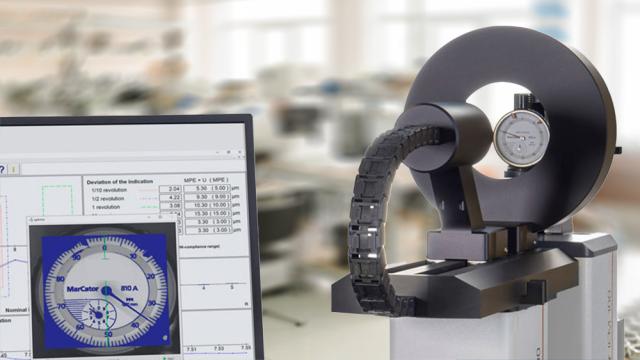All gauging equipment must be calibrated periodically to ensure it can perform the job for which it’s intended (i.e., measuring parts accurately).
This is true for every hand tool or gauge used in a manufacturing environment that verifies the quality of parts produced—from calipers and micrometers…
All Features
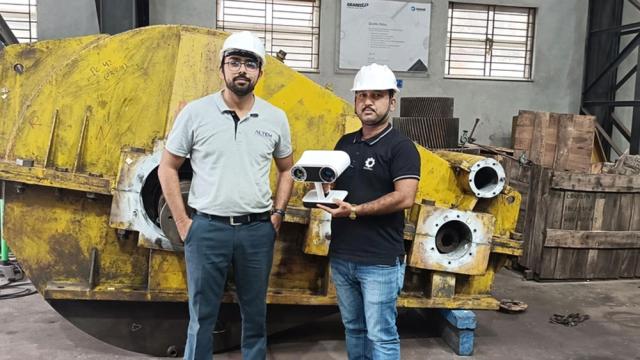
Paul Hanaphy
Regular inspection is absolutely vital with industrial transmission systems. Just like the gearbox in an everyday car, components are prone to wear, misalignment, and fatigue—issues that can lead to machinery failure. This isn’t just a matter of downtime but operator safety, too.
Traditionally,…

Felicitas Stuebing
At the corner of quality and assembly, design engineers are frequently confronted with unexpected, complex fluid process issues in the prototyping phase. These obstacles are reflected in voice-of-customer sprints and surveys revealing that medical devices companies in particular stall out in the…
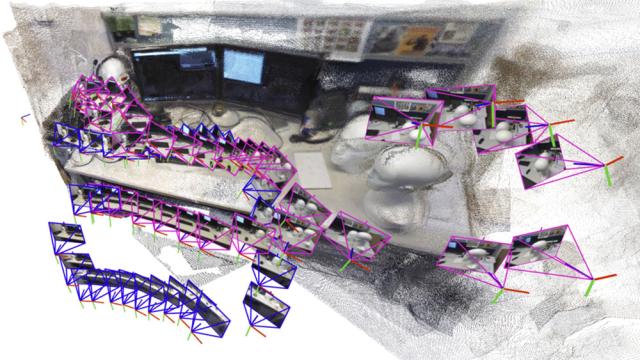
Adam Zewe
A robot searching for workers trapped in a partially collapsed mine shaft must rapidly generate a map of the scene and identify its location within that scene as it navigates the treacherous terrain.
Researchers have recently started building powerful machine-learning models to perform this…
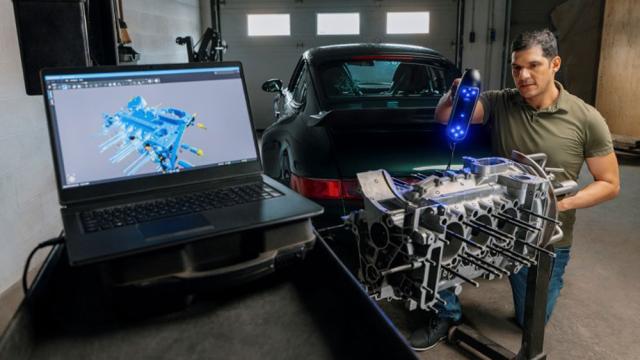
Creaform
Your company works hard to bring quality products to market, but your current inefficient development process slows you down. Your engineers rely on traditional tools like measuring tapes, calipers, verniers, or photos to gather dimensions and document how to shorten time to market and lower…

Nimax
The global coding- and marking-equipment market is on a clear growth path. As shown in a recent Grand View Research report, the market was worth $17,528 million worldwide by the end of 2024.
Furthermore, GVR’s projections estimate the market value will reach $24,927 million by 2030, with a…
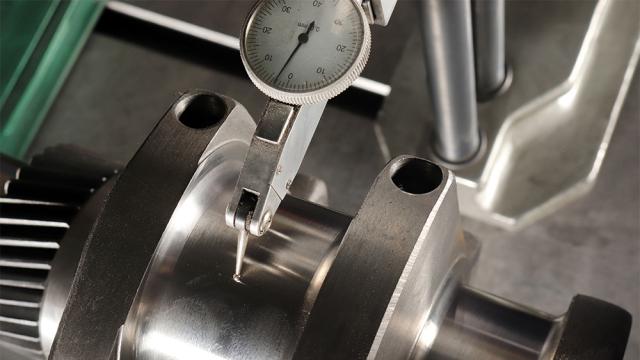
Curtis Lynn
I’ve worked in manufacturing procurement for just over 25 years. In that time, I’ve learned one thing above all else—precision is the backbone of quality. Every product we make, every part we produce, and every component we measure relies on measuring tool accuracy. If measurements are off, quality…

Paul Hanaphy
When components leak, sizing them up for repairs can be extremely difficult. This isn’t just due to distance and locale—many are underground or underwater—but also safety issues. If components carry hazardous substances, manual measurement is inherently riskier than noncontact alternatives.…
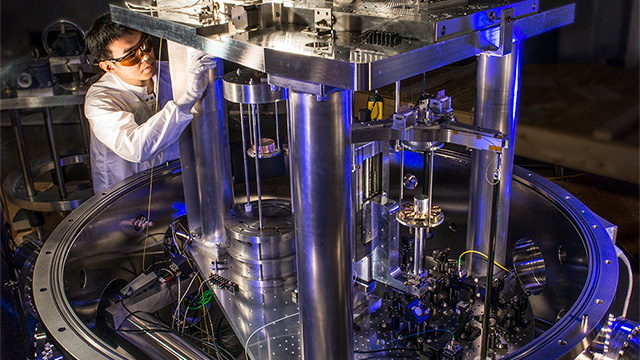
Jeff Dewar
I’m thrilled to announce something we’ve been working on for a year and a half—a project that took us 30,000 miles across America and into the heart of industries that most people never see. On Nov. 12, 2025, Quality Digest will premiere the first episode of The Quality Digest Roadshow, a 12-…

Dirk Dusharme
Literally, everything that surrounds us has been measured—and I do mean literally. Look around you: Your desk, your chair, your pen, your pencil, the lead in the pencil, the paint on the pencil, the gas in your stove, the stove itself—it’s all been measured. The color of your orange juice, the…

Creaform
In motorsport, performance isn’t defined by a single factor. It’s the sum of countless details, each playing a decisive role when pushing speeds up to 200 mph (320 km/h). From how a driver sits in the car to how the bodywork complies with strict regulations, accuracy can mean the difference between…
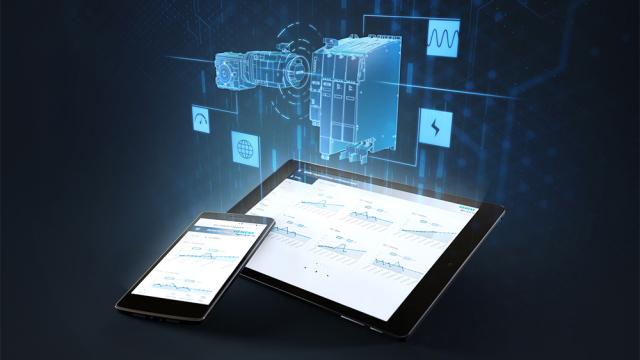
Rajas Sukthankar
Simply put, we live in a digital world—both in our personal lives and on the job. In manufacturing, challenges abound. Customization, fast-changing business and technology environments, and workforce and talent-pool concerns combine to present challenges for manufacturers of all types.
Among…
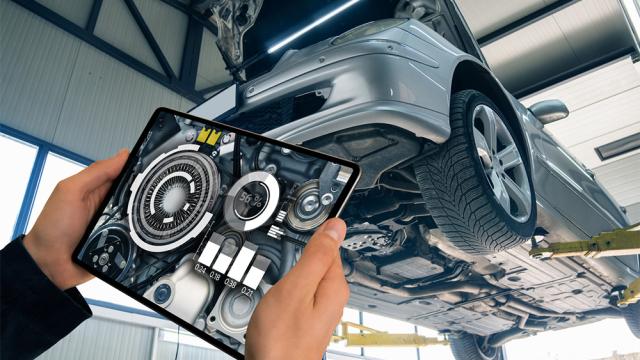
Alex de Vigan
D uring the past decade, manufacturers have wired their plants with sensors, robots, and software. Yet many “AI-driven” systems still miss the mark. They analyze numbers but fail to understand the physical reality behind them: the parts, spaces, and movements that make up production itself.
“…
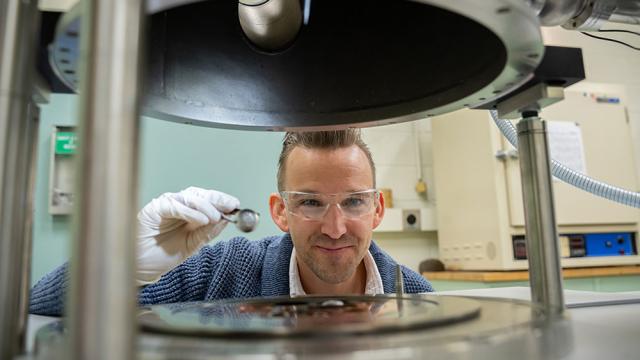
Andrew Iams
I grew up outside Pittsburgh, widely known as “Steel City.” Although the city is no longer the center of steel or heavy manufacturing in America, its past remains a proud part of its identity.
Like many Pittsburghers, my family’s story is tied to this industrial legacy. My relatives immigrated…
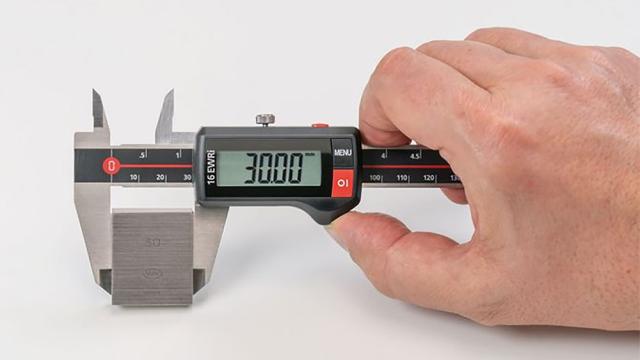
George Schuetz
Digital calipers are one of the most common hand tools used on the shop floor. In a manufacturing plant, under a quality control system, these tools must be checked and calibrated regularly.
Past articles have discussed the pros and cons of doing gauge calibrations internally or by an external…
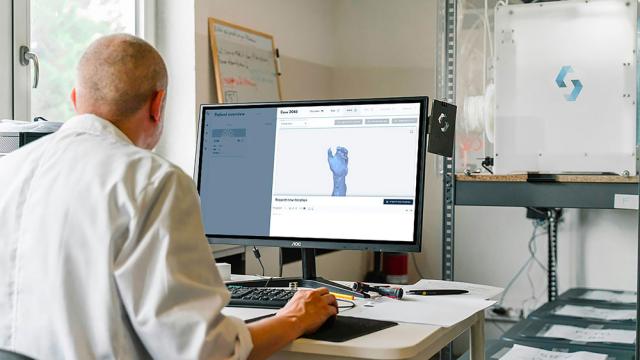
David Mihal
Quality Digest was recently fortunate enough to get more information on Geomagic Design X for reverse engineering from David Mihal, global commercial director of the Geomagic software product line within Hexagon’s Manufacturing Intelligence division. The newly available software converts data from…
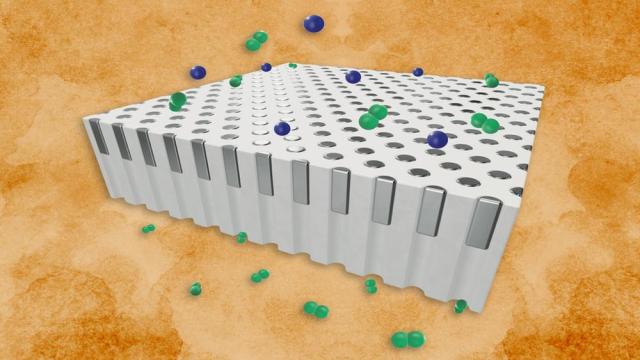
Jennifer Chu
Palladium is a key to jumpstarting a hydrogen-based energy economy. The silvery metal acts as a natural gatekeeper against every gas except hydrogen, which it readily allows through. For its exceptional selectivity, palladium is considered one of the most effective materials for filtering gas…
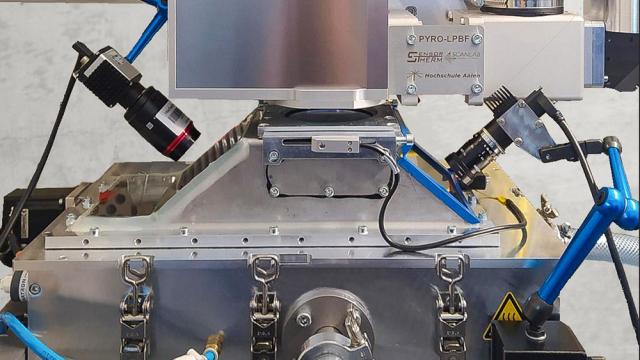
Silke von Gemmingen
Powder bed-based laser melting of metals (PBF-LB/M) is a key technology in additive manufacturing that makes it possible to produce highly complex and high-performance metal components with customized material and functional properties. Used in numerous industries from aerospace and medical…
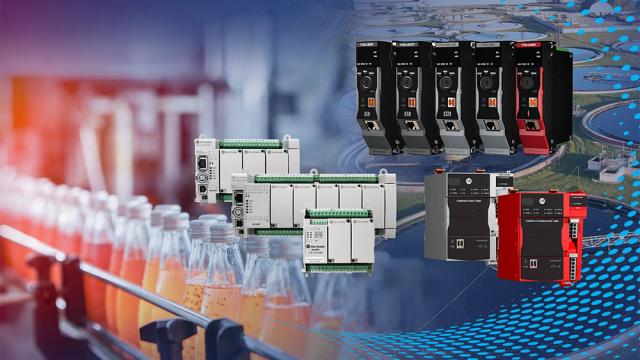
Dennis Wylie
You’ve probably had the experience of visiting a contemporary factory floor and being amazed by all the incredible robots, sensors, and machines working like a finely choreographed dance. It’s quite remarkable—until there’s a malfunction. And that’s something which has frustrated quality engineers…
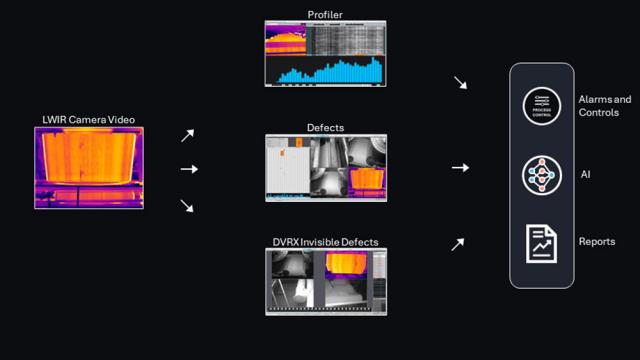
FLIR
Recent developments in thermal signature analytics have expanded the applications of thermal cameras beyond routine troubleshooting; they now contribute to paper machine control, energy usage benchmarking, wet streak detection, and the identification and prediction of certain classes of sheet…
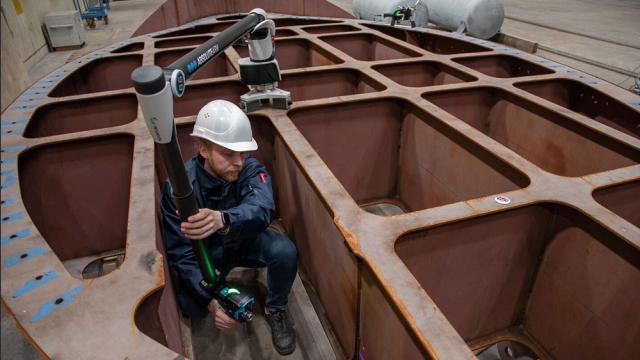
Anthony Vianna
There’s a lot of talk about automation these days, not just in manufacturing circles but also the news in general. As the demands of modern manufacturing grow more complex, and manufacturing industries continue their digital transformation—with automation playing an ever-expanding role—where does…
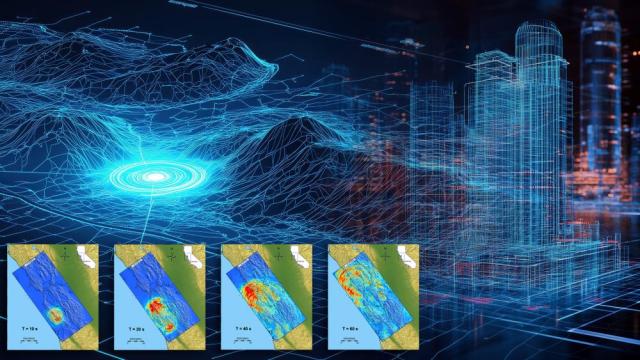
Oak Ridge National Laboratory
Simulations still can’t predict precisely when an earthquake will happen. Still, with the incredible processing power of modern exascale supercomputers, they can now predict how they will happen and how much damage they will likely cause.
Imagine a colossal earthquake strikes the California coast…
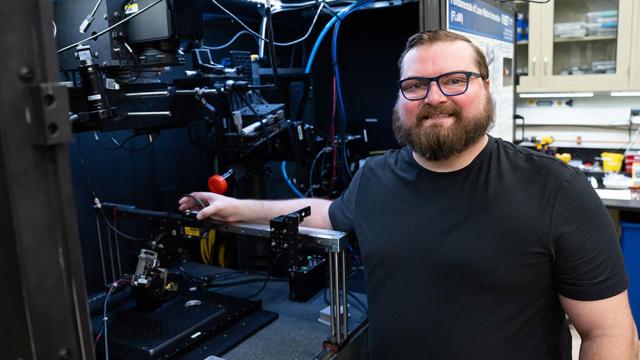
NIST
Even if you’ve never heard of “light caustics,” you’ve probably seen them. They’re the ethereal patterns of light that coat the bottoms of swimming pools and break up the shadows of glass. Anywhere light is bent or reflected by a curved surface, caustics can appear.
This trick of the light is…

Enterprise Innovation Institute at Georgia Tech
A new study explains how tiny water bugs use fan-like propellers to zip across streams at speeds up to 120 body lengths per second. The researchers then created a similar fan structure and used it to propel and maneuver an insect-sized robot.
“Scientists thought the bugs used their muscles to…
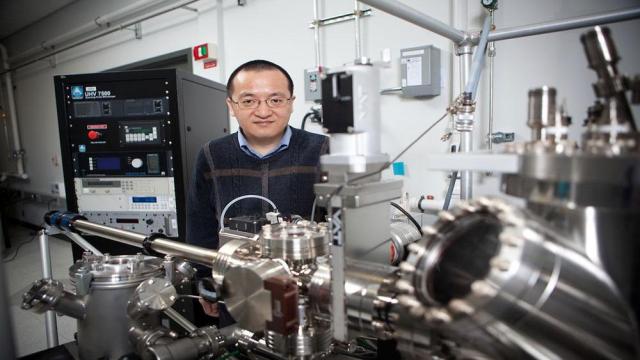
Brookhaven National Laboratory
Most metals found in nature are actually in their oxide forms. To extract those metals to use in critical applications—ranging from infrastructure such as bridges and buildings to advanced technologies like airplanes, semiconductors, or even quantum materials—those oxides must be reduced with gases…
